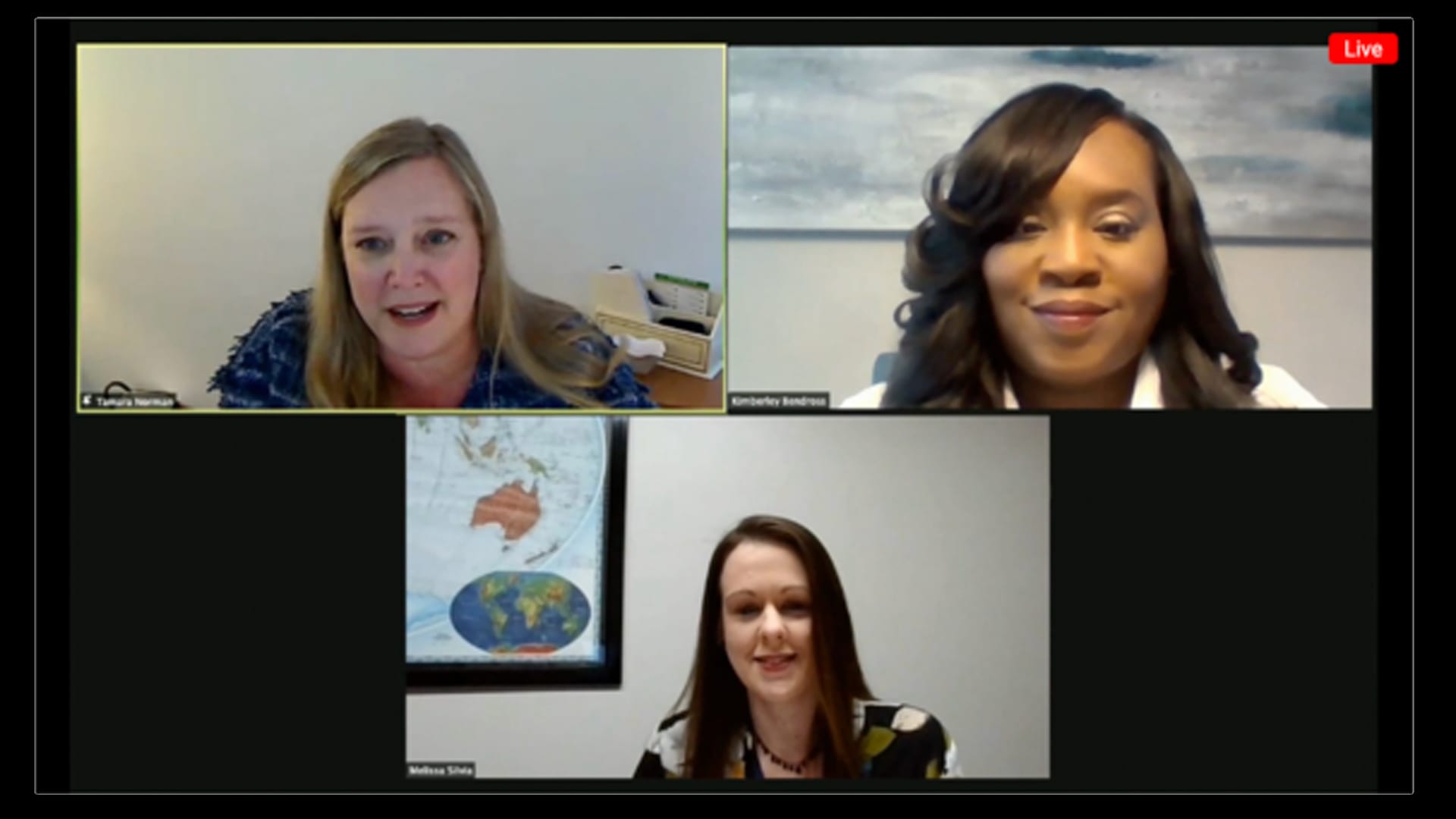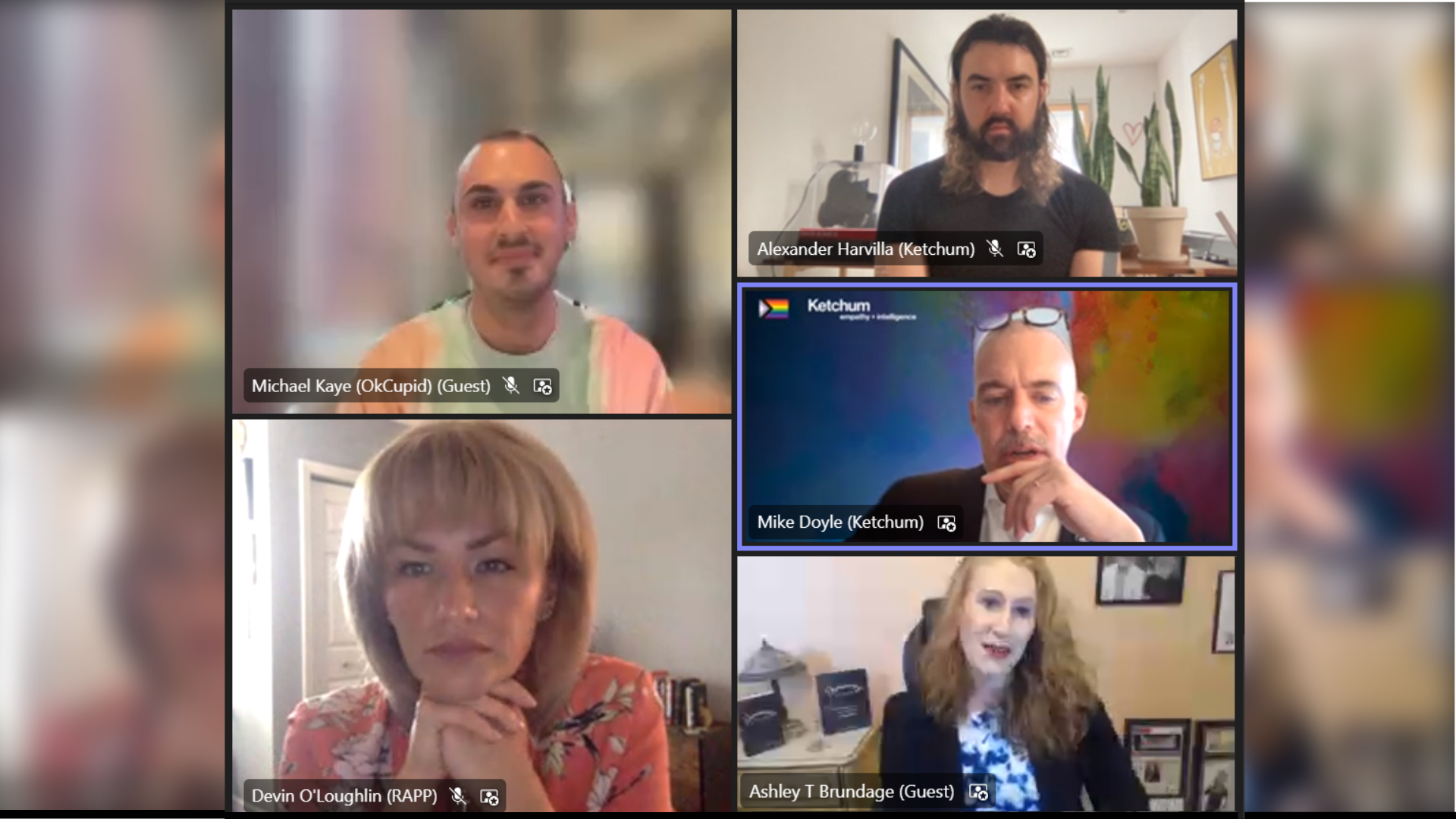Last week, I moderated a discussion at the PRovoke Global Summit entitled “How Crisis Culture Is Changing Workforce Priorities—Possibly Forever.”
The conversation built off Ketchum’s recent Work Shift 2020 study, which focused on the rapidly changing dynamics of the workforce in the era of COVID-19. We wanted to find out what changes leading organizations are experiencing in their employee communications and discuss if these changes are temporary or permanent.

For this important dialogue, I was joined by two experts from the front lines of essential businesses: Kimberley Bendross, senior corporate communications manager, Georgia-Pacific and Melissa Silvia, director, Executive Communications & Team Member Engagement, Tyson Foods.
Their experiences and the resulting conversation pointed to some key best practices that I’d like to share:
Keep Health and Safety in the Spotlight
Remember that your single most important concern is the health and well-being of your employee stakeholders. No matter what stage of COVID-19 we are in as a country or a company, priority communications should center on health, safety and security. By keeping these themes front and center, you will stay relevant and resonant. Expand content to include best practices for family members to protect and defend their wellness goals.
Demonstrate Empathy and Humanity From Leadership
Hearing from executive leadership early and often is a solid best practice during challenging times. The frequency and format of these communications should match conditions on the ground as well as the culture you aspire to cultivate. Explore new and different formats. Be informal—for example, share smartphone videos from the CEO in their home office. Show the human side of the organization with an emphasis on self-care, mental health and access to support resources offered by your organization.
Make Flexibility a Top Attribute
Recognize the pros and cons of flexible work environments. We may have ditched the commute, but have we lost the interpersonal connections that make teams thrive? Explore new and innovative forms of collaboration that allow interactions to be personal and memorable. Try virtual coffee breaks and mobile-friendly mentoring sessions to keep person-to-person relationships at the forefront.
Combine Speed With Transparency
Real-time audience engagement is the new standard in employee communication, both during the pandemic and ongoing as employee expectations shift. Keep transparency at the center, but pair it with a consistent sense of urgency. Tumultuous times require more dialogue—never less—and internal processes might need to be freshly evaluated for relevance in a reactionary environment.
Praise and Promote Your Workforce
Demonstrating a deep understanding of your employees at all levels is a consistent growth opportunity. Just as the pandemic has highlighted all areas of your operation, consider how your communications spotlight the people behind the product. Explore the power of saying thank you through customized outreach involving every level and every corner of your organization.
Lead with Your Heart
When in doubt in this crisis culture, lead with matters of the heart. Feelings are front and center, with an emphasis on emotive environments, safe spaces and open dialogue. Paying attention to employee-driven topics and trends is paramount, as is ongoing measurement and monitoring of shifts in employee opinions. Reinvent town halls and virtual gatherings to capture current events and opportunity areas through the eyes of your employees.
To explore more of the themes and data points we discussed, as well as more information on Work Shift 2020, look at our study materials and read PRovoke’s write-up on the panel discussion. If you’d like to discuss how Ketchum’s Employee Communications & Engagement specialty can help your organization, get in touch with me directly.



